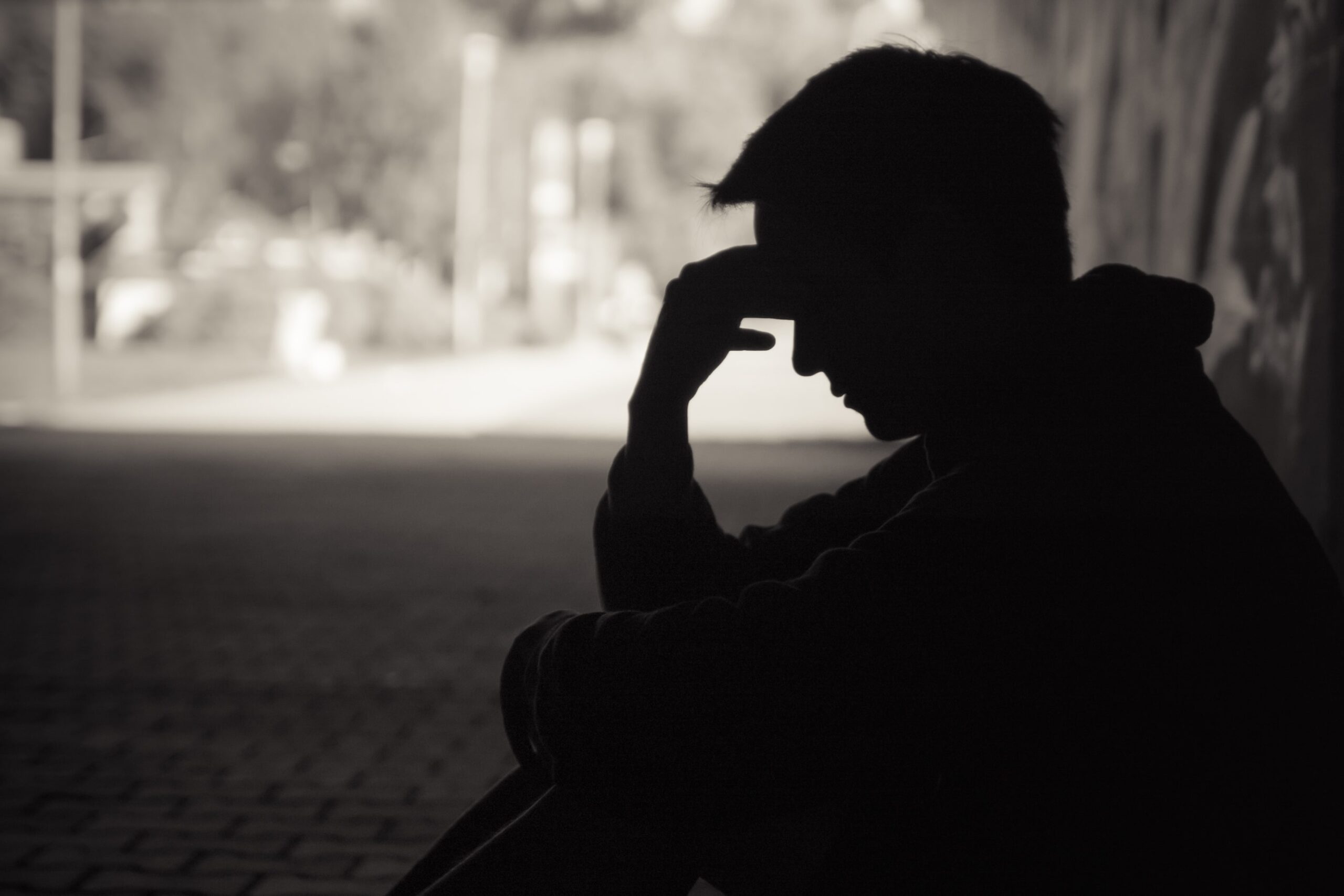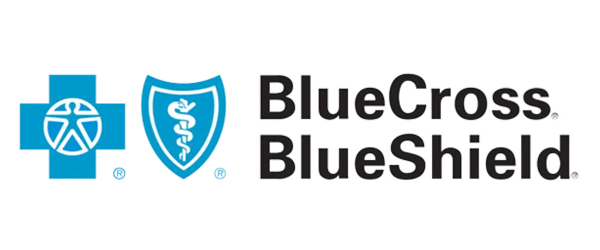Depression is one of the most common types of mental health disorders in the US. According to the Centers for Disease Control and Prevention (CDC), 4.7% of adults had regular feelings of depression in 2022. One reason depression is so common is that there are different types of depressive disorders with a range of symptoms and severity.
What Are the 6 Most Common Types of Depressive Disorders?
Not everyone with depression experiences it the same way. Depressive symptoms vary in severity and presentation as well as the causes of your depression. In other words, different causes of depression lead to different types of depressive disorders.
The following are the six most common types of depression:
#1. Major Depressive Disorder (MDD)
According to an article in JAMA Psychiatry, 20.6% of US adults will experience major depressive disorder (MDD) at some point in their lives. Thus, MDD—also called clinical depression or major depression—is the most common type of depression.
Symptoms of MDD include:
- Difficulty sleeping and fatigue
- Change in appetite (resulting in weight changes)
- Overwhelming feelings of sadness, worthlessness, or hopelessness
- Lack of motivation
- Loss of interest in pleasurable activities
- Thoughts of death and dying
- Self-harming behaviors
- Suicidal ideations or actions
Major depression impacts your ability to function in everyday life. For instance, you might stop going to work because you can’t get out of bed. Or, you could have significant relationship problems because you withdraw from spending time with others.
#2. Persistent Depressive Disorder (Dysthymia)
Persistent depressive disorder—sometimes called dysthymia—isn’t as debilitating as major depression. Because of this, many people with persistent depression don’t seek treatment. However, persistent depression can still have a major impact on your overall quality of life.
Symptoms of persistent depressive disorder include the following:
- Feeling unhappy or dissatisfied
- Under- or over-eating
- Insomnia (or the opposite: sleeping too much)
- Low self-esteem
- Irritability
- Difficulty concentrating
- Thoughts of self-harm
- Feeling tired most of the time
Although your symptoms are usually mild, you could have episodes of major depression—especially when you don’t get treatment. For a diagnosis of persistent depression, your symptoms must last for two or more years. Persistent depression is commonly associated with silent depression or high-functioning depression.
#3. Postpartum Depression
Postpartum depression affects women after they give birth. According to PostpartumDepression.org, “Approximately 1 in 10 women will experience postpartum depression after giving birth, with some studies reporting 1 in 7 women.”
Furthermore, symptoms usually last about 3-6 months, and 80% of women with postpartum depression make a full recovery. The symptoms of postpartum depression are similar to major depressive disorder.
Having a new baby causes a lot of changes in your life. You could feel a loss of control and independence or be overwhelmed with newfound responsibility. In addition, you might struggle to sleep while caring for a newborn or have a sudden change in hormones after birth. All of these factors contribute to developing postpartum depression.
#4. Bipolar Disorder (Manic Depression)
Bipolar disorder, once called manic depression, is another type of mood disorder characterized by cycles of depression and mania. Due to the cycles of depression, bipolar disorder is often considered a type of depressive disorder.
During the depressive cycle of bipolar disorder, your symptoms will be similar to those of major depression. However, during the manic cycle, you will have an increase in energy, euphoria, insomnia, racing thoughts, and rapid speech. Sometimes, people during the manic phase have psychotic symptoms of hallucinations or delusions.
#5. Seasonal Affective Disorder (SAD)
Seasonal affective disorder (SAD) typically affects people during the fall or winter. Some causes of SAD could be a lack of sunlight, being less active during colder weather, and shorter days. Thus, this type of depression is more common in northern regions of the United States.
Symptoms of SAD are similar to major depression, but they are triggered by the onset of fall or winter. Thus, most people with SAD feel better as the spring season begins. Unique treatments like red light therapy can help with SAD.
#6. Depression With Psychotic Features
Another type of depression is depression with psychotic features, sometimes called simply psychotic depression. Psychotic depression is rare, however, it can be very debilitating. This is because, in addition to the symptoms of MDD, you experience hallucinations and delusions.
- Hallucinations are seeing, feeling, or hearing things that aren’t real. Common examples include hearing voices, feeling bugs crawling on your skin, or seeing people who aren’t there.
- Delusions are thoughts and beliefs with no basis in reality. Examples include thoughts of being pursued by the government or believing oneself to possess magical powers.
Due to the psychotic features—i.e., losing touch with reality—this type of depression can be distressing for family members and loved ones to witness.
How Can Treatment Help Me With My Depression?
Mental health treatment can help you with your depression in several ways.
For one thing, treatment can help to reduce your symptoms of depression. Psychotherapy and psychiatry are the first lines of treatment for depression. Psychiatric medications called anti-depressants restore chemical imbalances believed to cause depression.
In addition, antipsychotic medications and mood stabilizers can help with psychotic depression and bipolar disorder, respectively.
Treatment can also help you with your depression by learning more about the causes of your symptoms. Oftentimes, significant life events and stress trigger depressive symptoms, which can lead to depressive disorders when left unaddressed. During therapy, you can learn more about the causes of depression as well as coping skills to help you manage symptoms.
Lastly, it’s no secret that a healthy lifestyle can also reduce depressive symptoms. That is why mental health treatment programs also focus on holistic approaches. These approaches treat the whole person—including your physical, emotional, social, and spiritual health.
Get Help For Your Depression Today
Depression is one of the most common mental health disorders among US adults. North Atlanta Behavioral Health has solutions for all types of depressive disorders. Our comprehensive treatment programs can help you overcome your symptoms to free yourself of depression.
Contact us to get help for your depressive symptoms today.













